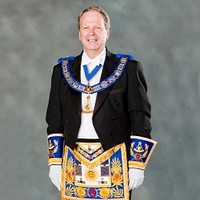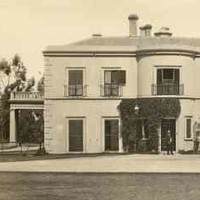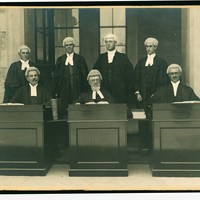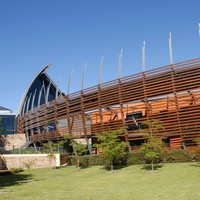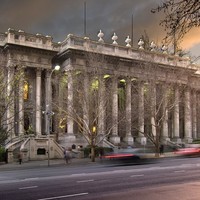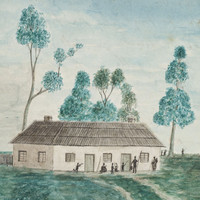Built in 1877 as a greenhouse for tropical plants, the Palm House was immediately hailed as the pride of the Adelaide Botanic Garden, and even of the city of Adelaide itself. It was the prized achievement of Dr Richard Schomburgk, the second and most renowned Director of the Botanic Garden. While it no longer houses tropical plants as originally intended, its restoration in the 1990s has meant that the Palm House is still a prominent part of the Botanic Garden experience. It remains as the only known extant German-built glasshouse of the period anywhere in the world.
